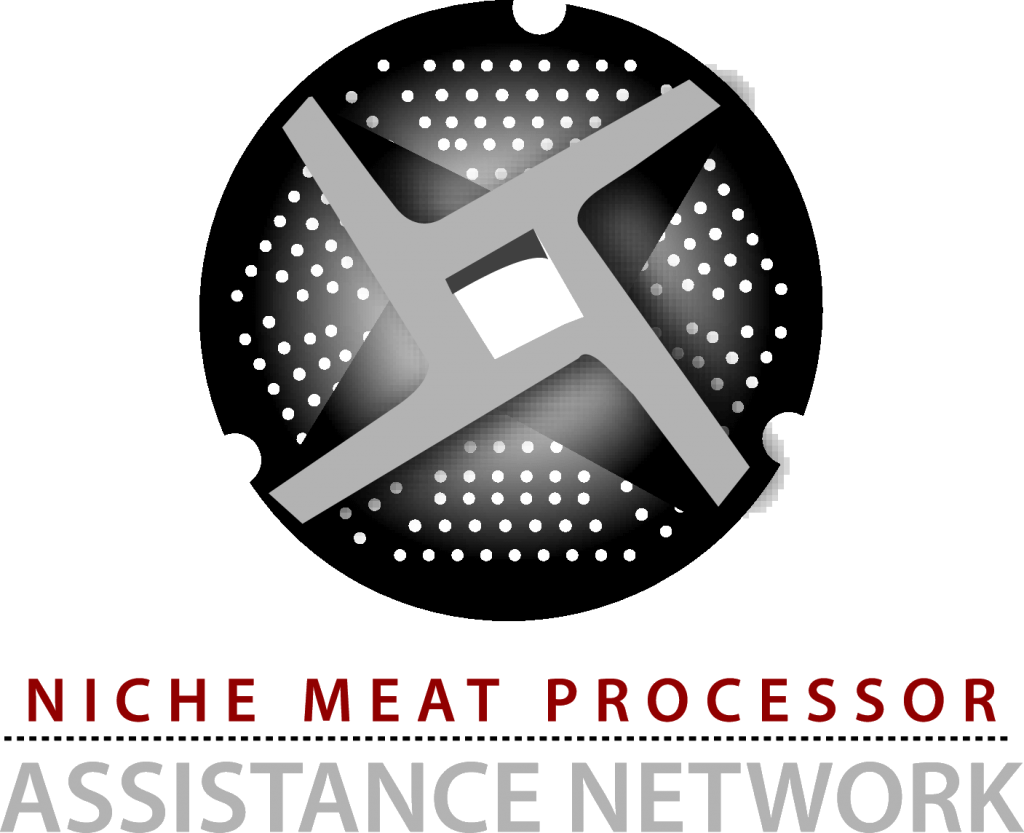A Niche Meat Processor Assistance Network webinar
Please Note: This webinar is no longer available in video form, however, the presentation materials remain active.
USDA’s Food Safety and Inspection Service finalized new rules in 2012about nutritional labeling of meat and poultry products.
On this Niche Meat Processor Assistance Network webinar, FSIS staff explained the rules and what you need to know to comply. Also, Brynn Kepler, Director of Regulatory and Legislative Affairs at the American Association of Meat Processors (AAMP), described labeling resources they’ve developed for processors.
We had plenty of time for Q&A, with many questions answered.
Date: Tuesday, October 4, 2011, for one hour
Presenters:
- Jeff Canavan, Deputy Director of Labeling and Program Delivery Division, Office of Policy and Program Development (OPPD), USDA-FSIS
- April Regonlinski, Program Analyst, Policy Issuances Division, OPPD, USDA-FSIS
- Sally Jones, Senior Technical Advisor, Labeling and Program Delivery Division, OPPD, USDA-FSIS
- Brynn Kepler, Director of Regulatory and Legislative Affairs, American Association of Meat Processors (AAMP)
FSIS Presentation Slides
AAMP Presentation Slides
Additional FSIS Resources
- FSIS Nutritional Labeling Page
- FSIS Downloadable Point-of-Purchase (POP) materials for major cuts
- Ask FSIS – Where to submit additional questions
FSIS Q & A about the New Nutritional Labeling Rules
Here are some questions, with answers from FSIS staff, that may be relevant to niche meat producers, processors, and marketers. For the basic rules, watch the webinar and/or review the FSIS presentation slides.
Q: If a processor is making products for someone else to resell, which party is responsible to supply the nutrition information? Does it matter if the meat processor is only providing a service and doesn’t own the livestock/carcass/meat?
A: The plant that does the retail labeling is responsible for the nutrition labeling on ground product.
Q: If a processor is a “small business,” is he/she required to provide nutrition information (on labels) for ground or chopped meat and poultry products?
A: Not if they comply with the small business exemption provided for nutrition labeling in 317.400.
Q: If a processor is not exempt from labeling ground product and is unsure of the exact lean to fat ration of a ground product, how should she label it?
A: There is a standard for ground beef of no more than 30% fat; they can use that for nutrition labeling.
Q: Is information available for grass-fed meats?
A: No. If companies sell grass-fed meat and believe it has a better nutrient profile, it is up to the company to determine the nutrient composition.
Q: If grass-fed companies decide to do their own nutrient composition analysis, can they just analyze the elements they think will be different (e.g. fat, Vit A, Vit E, and fatty acid composition) and use the standard USDA values for the rest of the nutritional profile?
A: The nutrition labeling regulations do not specify how companies must determine the nutrient profile of their products. The compliance that FSIS will apply is in 317.309(h). If a company does its own analysis for nutrients in the single ingredient cuts, even without claims on the label, it will be subject to sampling from FSIS. If the company uses the USDA data and makes no claims, it is not subject to sampling by FSIS.
Q: If a processor does not have beef carcasses officially graded, how can he accurately label beef products with the correct nutritional values?
A: He can use the information for “all grades.”
Q: Can the information be provided as raw or cooked?
A: For cuts the nutrition can be on either the raw or cooked basis. For ground product, nutrition information must be on the raw or “as sold” basis.
Q: What is the recommended or required serving size of raw and cooked products to use for a nutrition label or on point of purchase (POP) materials?
A: The serving size for raw product is generally 4 ounces (112 grams). For cooked it is 3 ounces (84 grams). However, additional information can be found in 317.309(b) regarding serving sizes.
Q: Will products be tested for accuracy of nutrition facts? What is the acceptable range of values?
A: Yes, at some point FSIS will sample product. Compliance is found in 317.400, the basic 80/120 parameters that apply to all nutrition labeling.
Q: What types of POP materials are acceptable and where should they be displayed or accessible to consumers?
A: POP should be displayed with the product or very near the product.
Q: For online sales of major cuts of single-ingredient meat and poultry products, what is an acceptable way to provide POP nutritional labeling information to customers?
A: Provide the information for major cuts on line, with the product information.
Q: How and by whom will this regulation be enforced?
A: The FSIS Compliance Program will handle enforcement.


